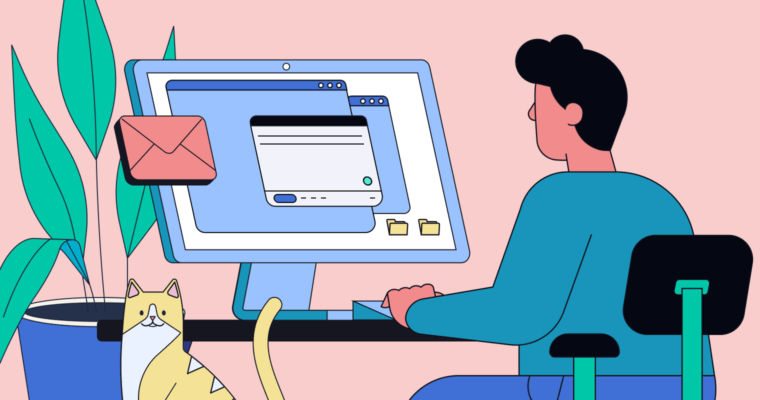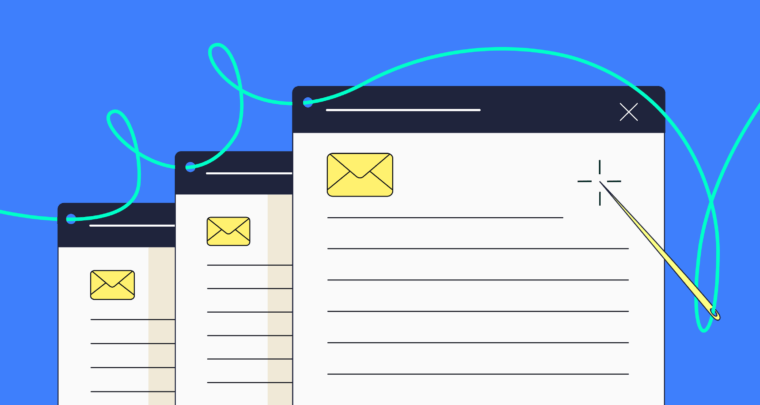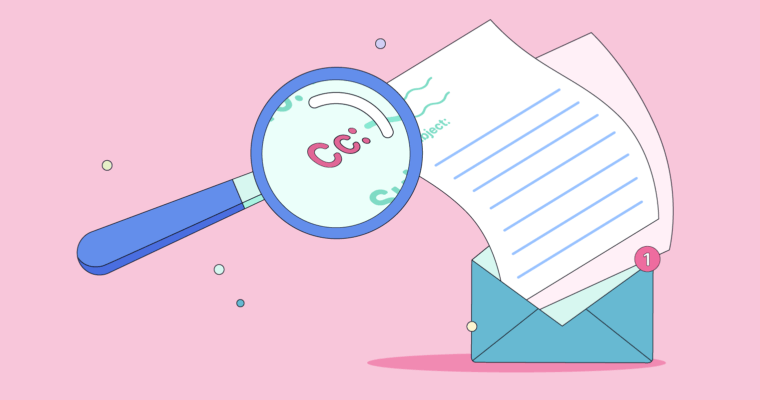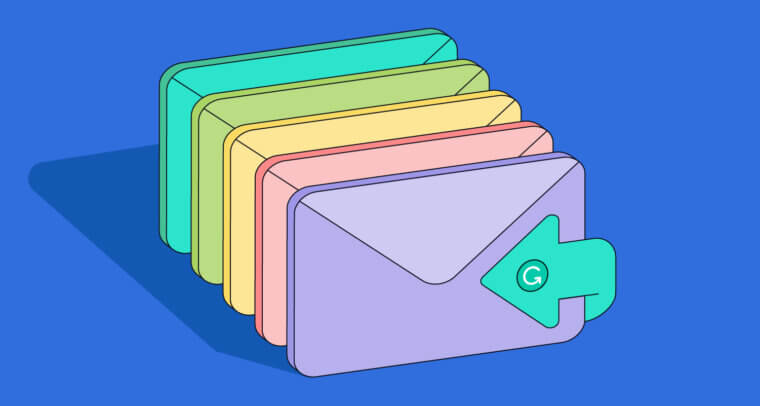
Looking for email writing tips?
You’ve come to the right place.
Grammarly’s blog has featured several recent posts on all things email writing. Our aim is to provide readers with valuable insights on how to craft the perfect email for any occasion. We’ve talked about proper email etiquette. We’ve covered ways to maximize your productivity. And we’ve shown you how to step out of office for vacation and avoid a flood of emails upon your return.
Below you’ll find some of the key takeaways from our email-writing topics. Keep in mind, Grammarly’s editor is a great way to improve your copy and ensure the quality of your email messages. Now let’s get to our top email tips.
1. Properly starting an email is essential in the writing process.
Pro tip: There are several ways to address your intended recipient. Sometimes simplicity can save the day.
Source: How to Start an Email: 6 Never-Fail Introductions and 6 to AvoidHi [Name], In all but the most formal settings, this email greeting is the clear winner. It’s simple, friendly, and direct. If you want a slightly more formal tone, consider replacing hi with hello.
2. Keep your subject line short and clear.
Pro tip: You might never get a response to your perfectly worded email if your subject line is not easy to follow.
Source: This Is How to Properly Introduce Yourself in an EmailKeep your subject line short (under thirty characters) so it’s legible on mobile devices. Be specific and intriguing. Never write in all caps or use a generic line such as “Hi” (this may be mistaken for spam). To create a great subject line you can…
3. That opening line in the email is always tricky. Don’t rely on a shortcut.
Pro tip: We know you hope someone is doing well, but there are other ways to write an icebreaker and get down to the business of your email correspondence.
If you’re writing a high-stakes email that needs to get results, it never hurts to do your homework. You don’t have to stalk someone on social media, but doing a little research can go a long way. Include a sentence or two at the opening of your email to show you’re familiar with the recipient’s work.
Source: 5 Other Ways to Write “I Hope You Are Doing Well” in Your Email
4. Become a pro at crafting out-of-office messages.
Pro tip: You’ve worked long hours and deserve a well-timed vacation. Setting yourself up for success upon return involves extra planning on the email front.
Your out-of-office message can be simple. Just let people know you’re unavailable, when you’ll return, and who they should contact with any urgent needs while you’re gone. If you’d like to have a little more fun with your message, here are some options.
Source: 6 Wonderful Tips on How to Catch Up on Emails After a Vacation
5. Some emails require a delicate balance of personality and professionalism. Knowing the rules of email etiquette will go a long way toward helping you avoid a blunder.
Pro tip: Think of how you’d speak conversationally as you review your written emails.
Source: 17 Email Etiquette Rules to Know and PracticeLay off the exclamation points I know you’re excited! Seriously!!! But you can convey excitement without exclamation points. (Golly gee! Save those for when you’re really exclaiming.) Exclamation point mania is another spam filter trigger, so use them sparingly and never, ever use two or more at the end of a sentence. Unless you’re a preteen. Then have at it.
6. If your goal for writing an email is to get a response, you have to compose your message with that goal in mind.
Pro tip: You want a response? Don’t be generic.
Add a personal touch to your emails whenever you can. If you met the recipient at a conference, say so. If you read an article they’ve written, mention your favorite takeaway. If you’ve interviewed with them for a job, reference a highlight from the interview.
Source: How to Write a Follow-up Email That Gets a Response: 7 Action Tips
7. Email writing can get trickier when you factor in cultural norms and protocols.
Pro tip: Do your research when crafting a professional message to a specific audience. For example, if you’re a non-native English speaker, there are ways to make the email-writing experience less daunting.
Professional emails shouldn’t be epic in length. Be respectful of your readers’ time, because if they feel your message is unduly long, they’ll likely start to skim.
If a weighty subject requires lengthy discussion, look for better ways to communicate about it than email. Use your message as a way to set up a meeting or discussion, rather than a venue for a dense treatise on the subject.
Source: 7 Useful Tips on How to Write a Perfect Professional Email in English
8. More and more emails include emojis these days. There’s a good explanation for how and when to use them if you’re so inclined.
Pro tip: There’s a time and place to engage in a conversational email thread. If you’re looking to use shorthand language, slang or emojis, consider the audience and topic at hand.
Source: Can You Actually Use Emojis in Work Emails?If there’s controversy around emojis in business communication, then why do we feel compelled to use them? Why not forego them altogether? The simple answer: we want to be better understood. Email communication is notoriously problematic in that it lacks the emotional cues we rely on with face-to-face or phone conversations. Without tone of voice or facial expressions to guide us, there’s a lot of room for misunderstanding when we read an email. Messages meant to be positive are often interpreted as neutral, and neutral messages are interpreted as negative.
9. Finish crafting your email with a memorable sign-off and not a generic throwaway line.
Pro tip: If you’ve successfully addressed your email recipient, kept them engaged with actionable text, and avoided unnecessary distractions, finish your copy with a well-placed conclusion. Don’t overlook the value in signing off your emails. Leaving the letter blank could be a major pitfall.
We live in a world where people frequently email from mobile devices, so excluding a signature certainly isn’t a no-no as an email chain progresses, particularly if your recipient also drops the more formal sign-off. But not signing an initial email or using only the formal signature you’ve created to append to your outgoing emails comes off as impersonal.
Source: How to End an Email: 9 Never-Fail Sign-Offs and 9 to Avoid






